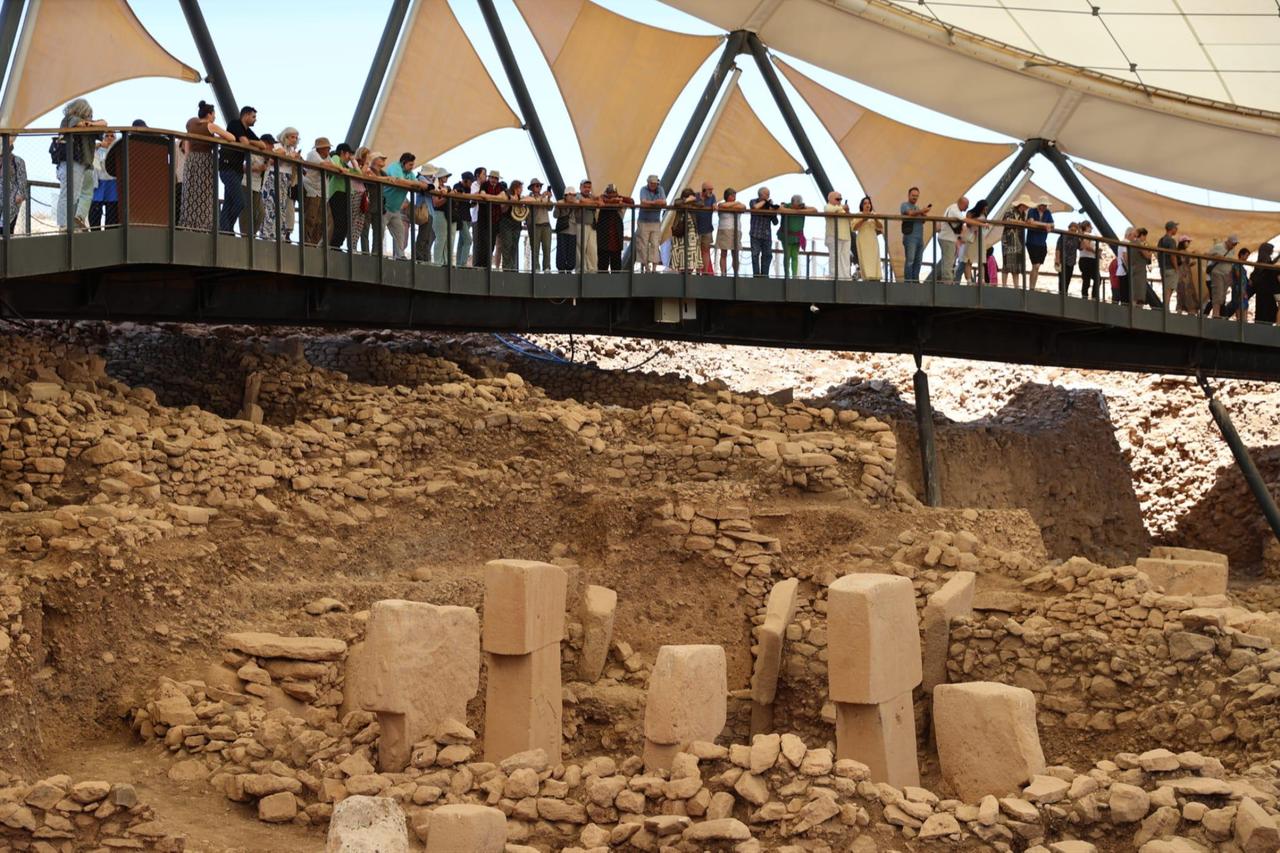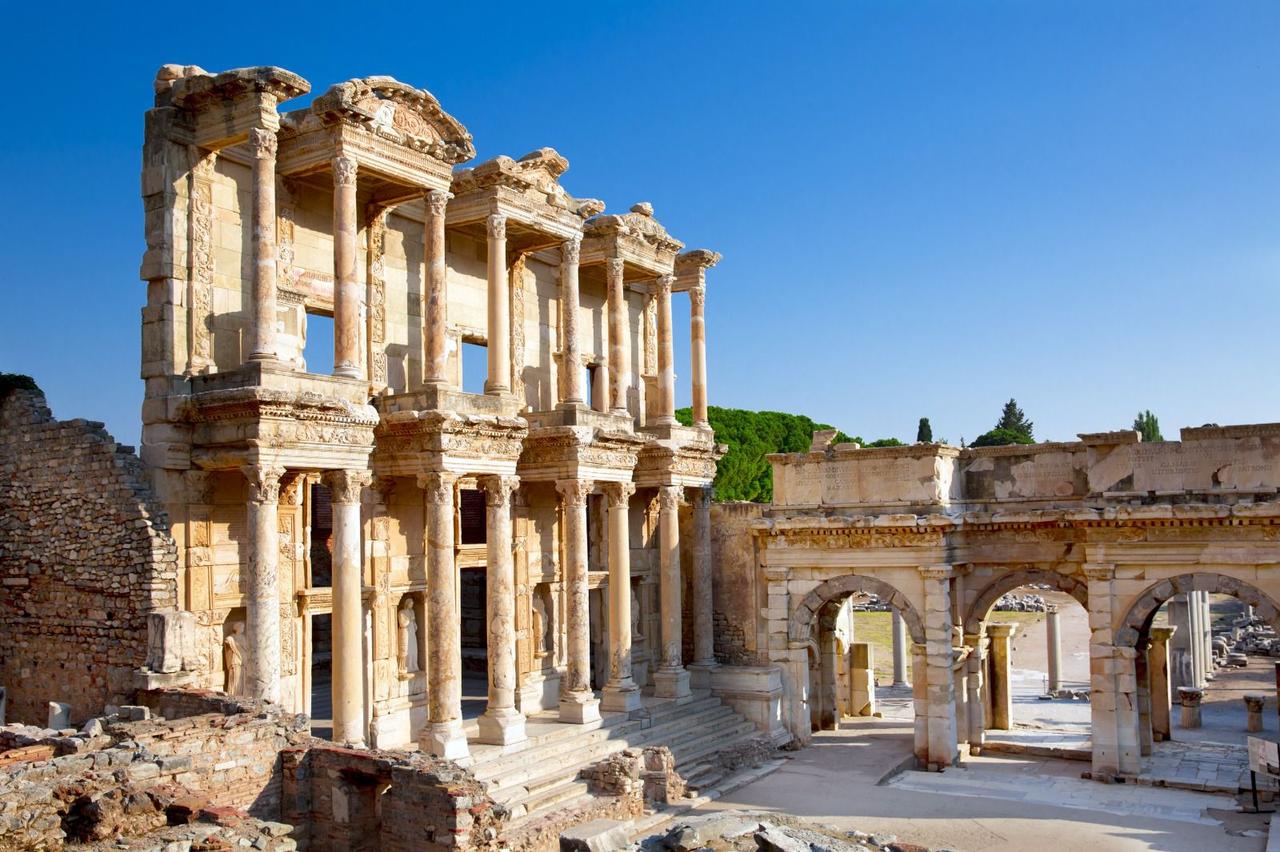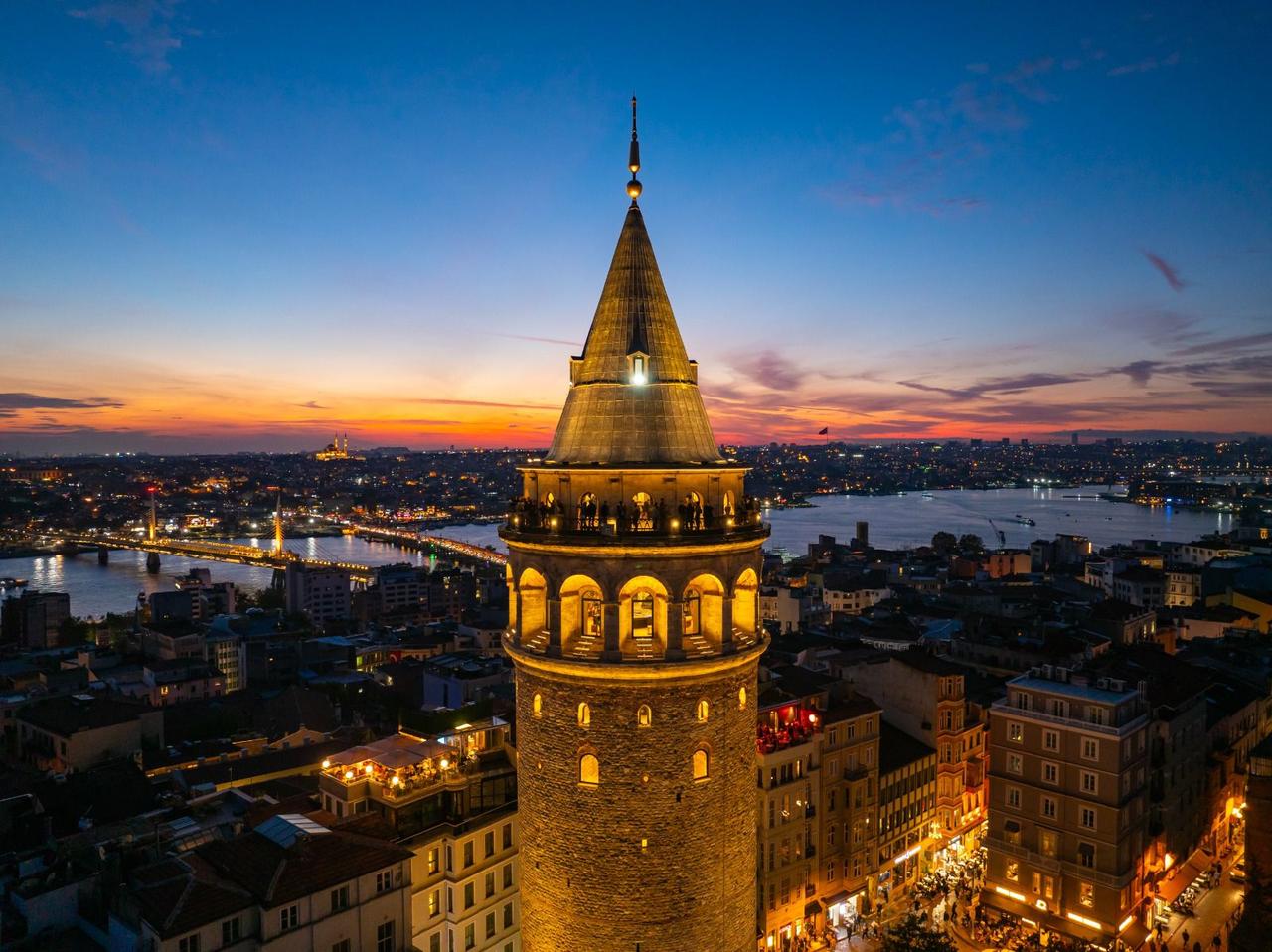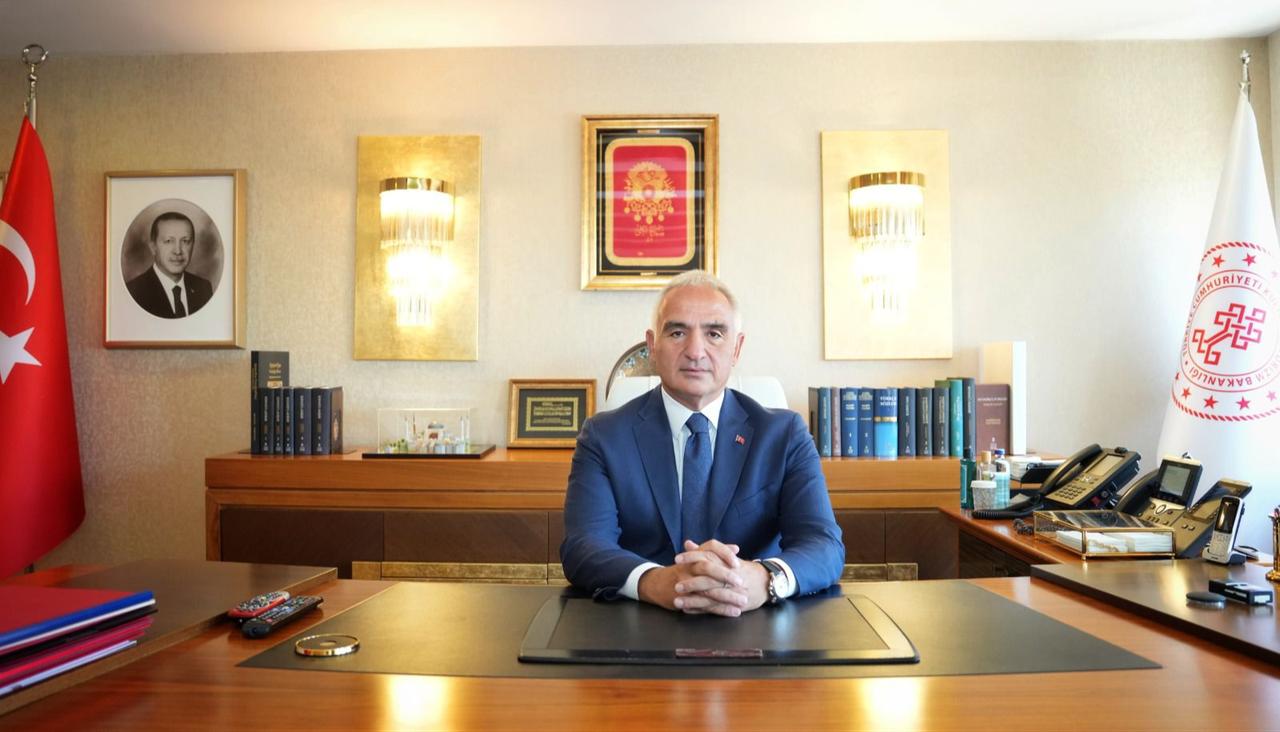
Türkiye’s museums and archaeological sites attracted more than 21.6 million people in the first eight months of 2025, according to the Ministry of Culture and Tourism.
Officials highlighted that the country’s most visited cultural landmarks range from ancient ruins to historical museums, showing both domestic and international interest in the nation’s rich heritage.

Among the most visited sites, the ancient city of Ephesus in Izmir topped the list with nearly 1.75 million visitors. Closely following was the Pamukkale-Hierapolis site in Denizli, famous for its travertine terraces and Greco-Roman remains, which drew more than 1.6 million visitors.
Other popular destinations included the Goreme Open-Air Museum and Pasabaglar in Cappadocia, each attracting over 750,000 people.

In Istanbul, the Galata Tower ranked among the top attractions with more than 650,000 visitors.
Meanwhile, Gobeklitepe, a UNESCO World Heritage Site in Sanliurfa and widely regarded as the world’s oldest temple complex, welcomed nearly half a million people.
The ancient underground settlements of Cappadocia also attracted large numbers, with Kaymakli and Derinkuyu recording over 460,000 and 375,000 visitors respectively.
In the Black Sea region, the Sumela Monastery, carved into the cliffs of Trabzon, was visited by almost 393,000 people. In Ankara, the Republic Museum drew more than 450,000 visitors, securing its place among the ten most visited sites.

Minister of Culture and Tourism Mehmet Nuri Ersoy remarked on social media that sharing traces of Türkiye’s history with millions of people was a source of pride. He said: “Every step we take, from restorations to digitalization, from new approaches to museum management to cultural routes, ensures this valuable heritage is passed on to future generations. Every stone and every trace carries the voice of human history, and protecting this legacy is our greatest responsibility.”
The ministry confirmed that the top 10 sites together welcomed more than 7.7 million visitors during the January–August period, underscoring their role as focal points of cultural tourism.